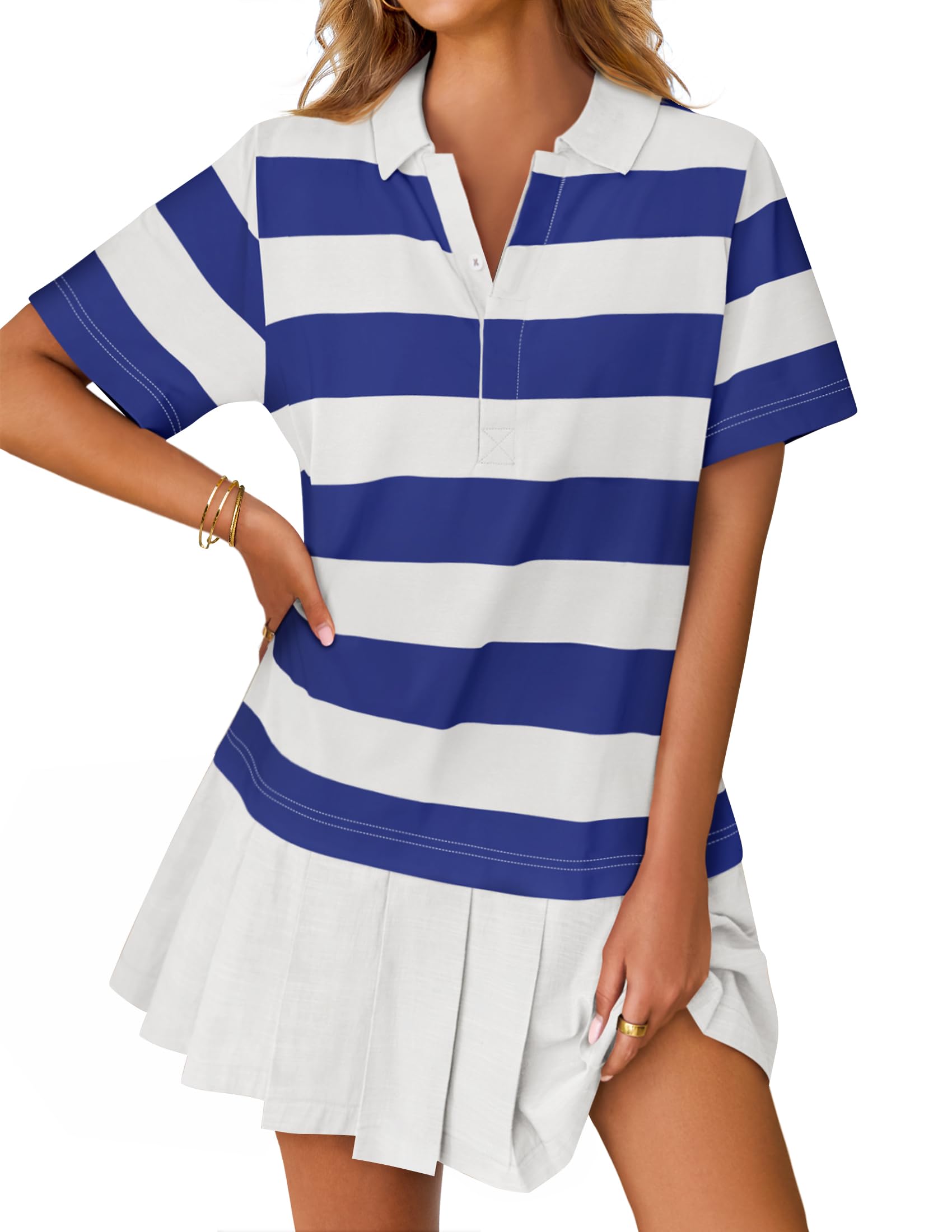 The dress is made for summer with a short sleeve and casual fit. — ZESICA 2025 Women's Casual Short Sleeve Tunic Shirt Dress Summer Striped V Neck Pleated Y2K Mini Dresses — [See in cart]
The dress is made for summer with a short sleeve and casual fit. — ZESICA 2025 Women's Casual Short Sleeve Tunic Shirt Dress Summer Striped V Neck Pleated Y2K Mini Dresses — [See in cart]Find out more.
It existed as a promise of future action, a visual waiting room. If one wishes to feel the true digital weight of that era, observe the intentional pixelation of the shadow effects beneath early windows; they are not errors, but markers of computational strain, little flags signaling the processor is trying its best. Finally, treat every misplaced digital artifact—the stray icon dragged off-center—as a small, private monument to a moment of impatience.
Interface designers of the era maintained a peculiar, almost desperate loyalty to the physical office. The texture of imitation oak grain, rendered in 16 colors, covered the digital 'desktop.' This skeuomorphism was a strange comfort, grafting the familiar bureaucracy of paper onto the terrifying novelty of the machine. Consider the specific bevel on the digital filing cabinet icon; it was too glossy, too perfect, failing in its attempt to deceive the eye yet succeeding in its attempt to soothe the user. We treated the layered file structure not as fluid data, but as sacred ground, carefully tucking away spreadsheets in folders named exactly, precisely for their contents.
The scroll bar presented its own universe of strange expectation. It possessed rigid ridges, a tiny, mechanical track meant to mimic the sensation of physical movement despite the absence of friction. This narrow band of functionality demanded respect. The unused portions of the bar often rested in that particular, flat shade of battleship gray, a color derived not from nature, but from hardware limitations. It represented the vast, unreachable space of the document that had not yet been scrolled into view.
A particularly jarring element was the hyperlink's native color scheme. Unclicked links vibrated in a shocking, optimized blue, demanding immediate interaction. Once traversed, they shifted to a dusty, faded violet—a digital scar marking the territory you had already claimed. This specific, aggressive contrast dictated our early digital itineraries. It was a binary system of desire and memory, perfectly delineated by two clashing, synthetic dyes. The whole composition was held together by the thin, functional borders of dialogue boxes that were never truly square, possessing rounded corners that felt oddly soft, a suggestion of mercy built into the visual code.
Get It On Amazon ::: (brought to you by Kiitn)
▷ Find out more.
ZESICA 2025 Women's Casual Short Sleeve Tunic Shirt Dress Summer Striped V Neck Pleated Y2K Mini Dresses Save 20% Price, $15.99 $ 15 . 99 Typical: $19.99 Typical: $19.99 $19.99 See options
#Ad Our articles include affiliate links: If you buy something through a link, we may earn a commission 💕
[ Purchase Options ]

No comments:
Post a Comment